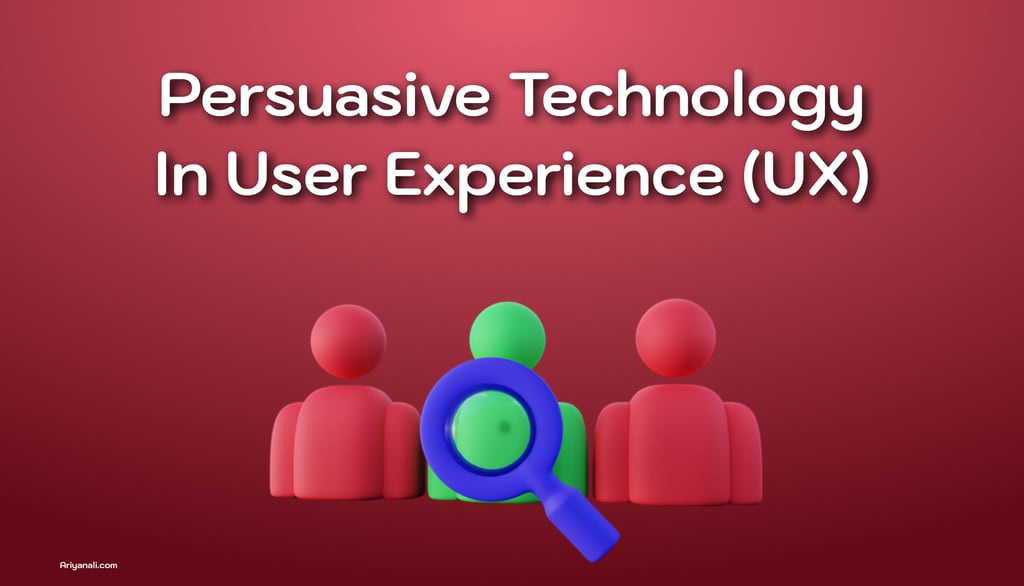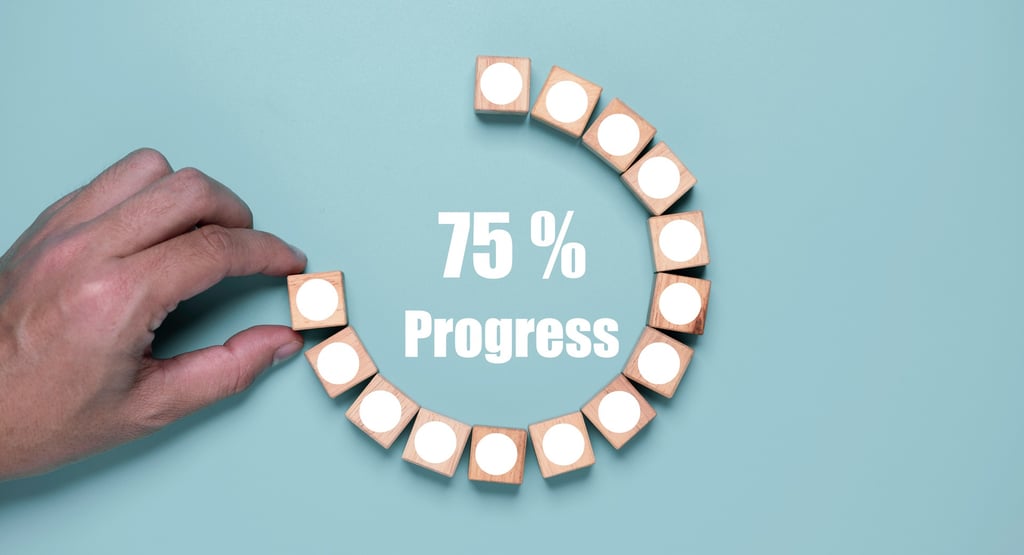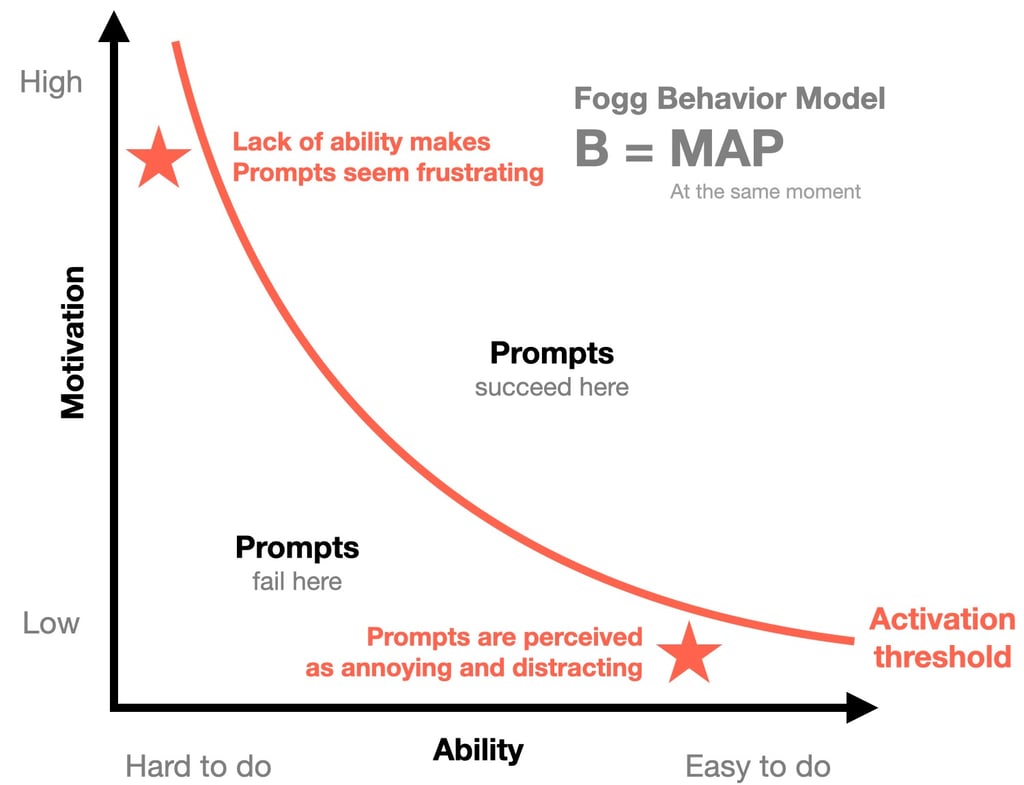Persuasive Technology In UX Design: A Powerful Partnership
Have you ever wondered why certain apps or websites feel so engaging that they almost seem to guide your choices naturally? That’s...
Ariyan Ali
1/9/20255 min read


Have you ever wondered why certain apps or websites feel so engaging that they almost seem to guide your choices naturally? That’s the magic of persuasive technology combined with user experience (UX) design. Together, these concepts influence how we interact with technology and subtly shape our behavior — all while providing seamless, enjoyable user experiences.
In this article, we’ll explore how persuasive technology enhances UX design, its ethical implications, and why responsible persuasion leads to better digital products. Let’s break it down in simple terms and real-life examples that highlight the power of well-crafted design.
Persuasive Technology: A Quick Overview
Before diving into how persuasive technology relates to UX design, let’s define it. Persuasive technology is a design approach that uses psychological principles to encourage users to take specific actions. It doesn’t force choices but nudges people in ways that make decision-making easier or more appealing.
As BJ Fogg, a pioneer in this field, explains:
“The best design helps people do what they already want to do. It simplifies action by using motivation, ability, and triggers.”
How Persuasive Technology Elevates UX Design
Now, let’s look at how these two powerful forces work together. UX design focuses on usability, accessibility, and aesthetics. Adding persuasive elements makes experiences more engaging, motivating users to take desired actions while maintaining a smooth and intuitive interface. Here are a few ways they intersect:
1. Motivational Triggers in UX
Imagine filling out a sign-up form for a website. A basic UX design ensures the form is easy to understand and complete. However, adding a persuasive element like a progress bar can boost motivation.
As the bar fills, users feel a sense of completion — encouraging them to finish the form. Simple motivational triggers like “You’re 75% done!” make a huge difference in keeping users engaged.
Example:
An online learning platform may show badges or rewards for finishing courses. The satisfaction of earning a badge motivates learners to complete more lessons.


2. Social Proof as a Persuasive Tool
Social proof taps into our tendency to follow the crowd. UX designers use this by showing how many others have taken an action. Think about product pages displaying “500 customers bought this today” or social media buttons showing the number of shares. This subtly nudges users to trust the product because others have already done so.
Example in UX Design:
Booking.com uses persuasive technology beautifully by showing “Only 1 room left at this price” alongside “15 people are viewing this property.” This creates urgency and builds trust based on popularity.
3. Reducing Friction with Simple Actions
A core principle of good UX is removing barriers between users and their goals. Persuasive technology enhances this by making the desired action as easy as possible. A great example is the “One-Click Purchase” feature on Amazon. Reducing the steps needed to buy a product increases conversions while making shopping convenient.
Example:
A mobile app with a pre-filled registration form uses a persuasive design to reduce effort, encouraging sign-ups by eliminating friction.
4. Scarcity Creates Urgency
Scarcity is a powerful psychological trigger. When people believe something is limited, they feel a stronger urge to act quickly. UX designers incorporate scarcity to boost engagement, but it must be done ethically to avoid manipulation.
Example in UX Design:
Flash sales with countdown timers, such as “Sale ends in 2 hours!”, motivate users to act before missing out.
5. Personalization for Relevant Experiences
Personalized content creates stronger connections between users and technology. UX designers use persuasive technology to customize experiences based on user preferences or behavior, making interfaces feel more relevant.
Example:
Spotify and Netflix recommend songs or shows based on your history, creating a personalized experience that keeps users coming back for more
BJ Fogg’s Behavior Model and UX Design
According to BJ Fogg’s behavior model, behavior happens when motivation, ability, and a trigger converge at the same time. Let’s break down these elements in relation to UX design:
Motivation — The user must want to take action.
UX tip: Use persuasive content like social proof or rewards to boost motivation.
Ability — The action must be easy to perform.
UX tip: Simplify tasks by reducing form fields or adding one-click buttons.
Trigger — There must be a prompt to act.
UX tip: Use clear calls to action, such as “Sign Up Now” or a friendly reminder notification.
Combining these three factors makes persuasive UX design more effective at driving user engagement.


The Importance of Ethical Design
With great power comes great responsibility. Persuasive technology should be used ethically, aligning with users’ best interests rather than exploiting their vulnerabilities. Unethical design practices, often called dark patterns, manipulate users into taking actions they didn’t intend. Examples include making it difficult to unsubscribe or pre-selecting paid options.
Good UX design, enhanced by ethical persuasion, empowers users rather than deceiving them. Transparency and honesty are key to building trust and long-term engagement.
Commitment and Consistency in Design
Another principle of persuasive technology is using small commitments to build consistency. This tactic encourages users to take small steps, making them more likely to complete larger tasks later. UX design can incorporate this by breaking down complex processes into manageable steps.
Example:
A fitness app might start with a simple goal of walking for 5 minutes a day before gradually increasing the challenge. By starting small, users are more likely to develop lasting habits.
The Real-World Impact of Persuasive UX
When UX design harnesses the power of persuasion responsibly, it leads to better user engagement, higher conversions, and more satisfying experiences. Here’s how:
Better Onboarding: Apps with friendly tutorials and progress markers keep users motivated.
Increased Conversions: Websites that reduce friction with one-click actions encourage purchases.
Improved Retention: Platforms that use personalized recommendations keep users coming back.
Final Thoughts
Persuasive technology and UX design are a match made in digital heaven. Together, they create intuitive, engaging, and impactful experiences that guide users toward positive actions. As BJ Fogg says:
“When you design for simplicity and motivation, small changes lead to big results.”
By focusing on ethical, user-centered design, we can use persuasive technology to make the world of apps and websites not just functional but delightful, helping people achieve their goals one nudge at a time.
Frequently Asked Questions:
1. What is persuasive technology?
Persuasive technology uses design principles and technology to influence user behavior. It’s all about encouraging users to take specific actions—whether that’s completing a sign-up form, making a purchase, or sticking to a fitness routine—without force or deception. Think of the progress bar nudging you to finish setting up your profile or a limited-time offer that motivates you to check out faster.
2. How does persuasive technology relate to UX design?
Persuasive technology is an essential part of UX design because it helps create more engaging and user-friendly experiences. UX design focuses on usability and user satisfaction, while persuasive technology adds elements like motivation, ease of use, and triggers to guide user actions. Together, they enhance both functionality and behavioral impact.
3. Is persuasive technology ethical?
It depends on how it’s used. When applied ethically, persuasive technology improves user experiences and helps people achieve positive outcomes—like forming healthy habits or saving money. However, it can be unethical if it manipulates users or prioritizes business goals over user well-being. Good UX design uses persuasion transparently and in users’ best interests.
4. What are some examples of persuasive technology in everyday life?
Social media platforms use notifications as triggers to bring you back.
E-commerce sites display messages like “Only 2 left in stock” to create urgency.
Fitness apps use streak counters to motivate consistency.
Email subscription forms highlight benefits with clear call-to-action buttons to encourage sign-ups.
5. How can I use persuasive technology in my website or app?
Start with B.J. Fogg’s Behavior Model:
Motivate users with rewards, social proof, or a sense of urgency.
Make actions easy by simplifying steps and reducing friction.
Use triggers like reminders or visual cues to prompt action.
Examples:
Use a progress bar to encourage form completion.
Offer limited-time discounts to prompt quicker decisions.
Add personalized recommendations to boost engagement.
